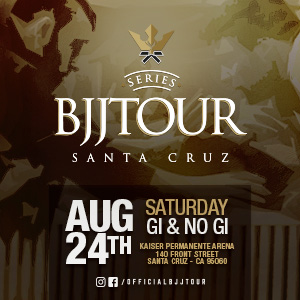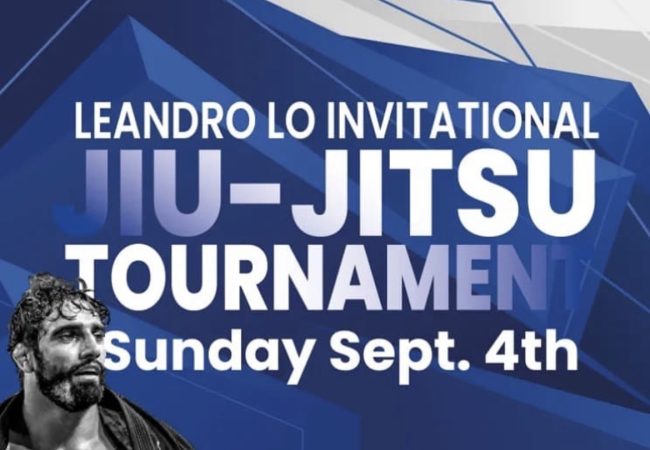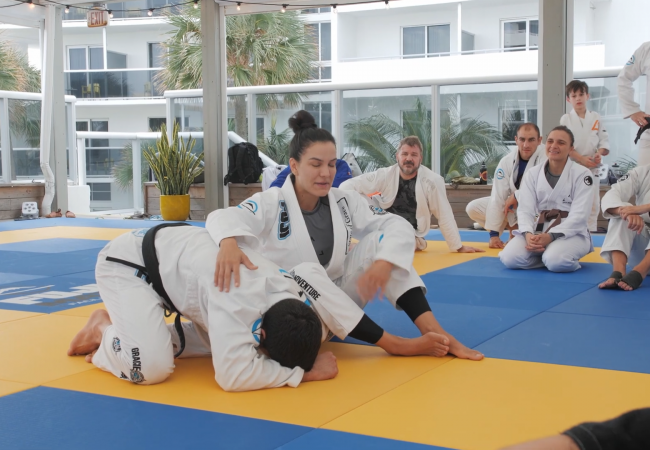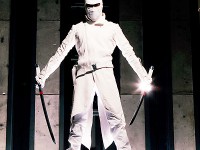[First published in 2010. Scroll down for plain text.]
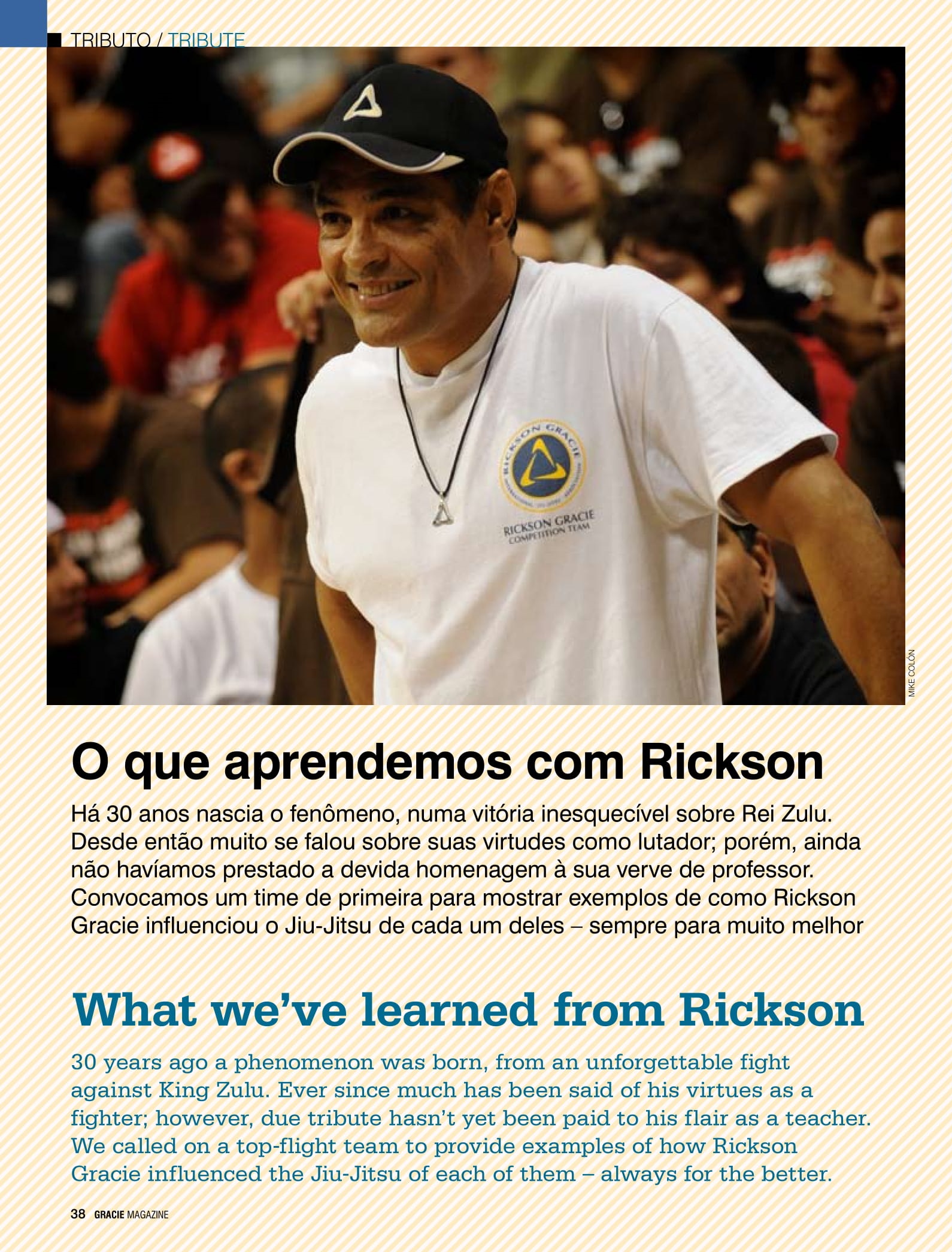
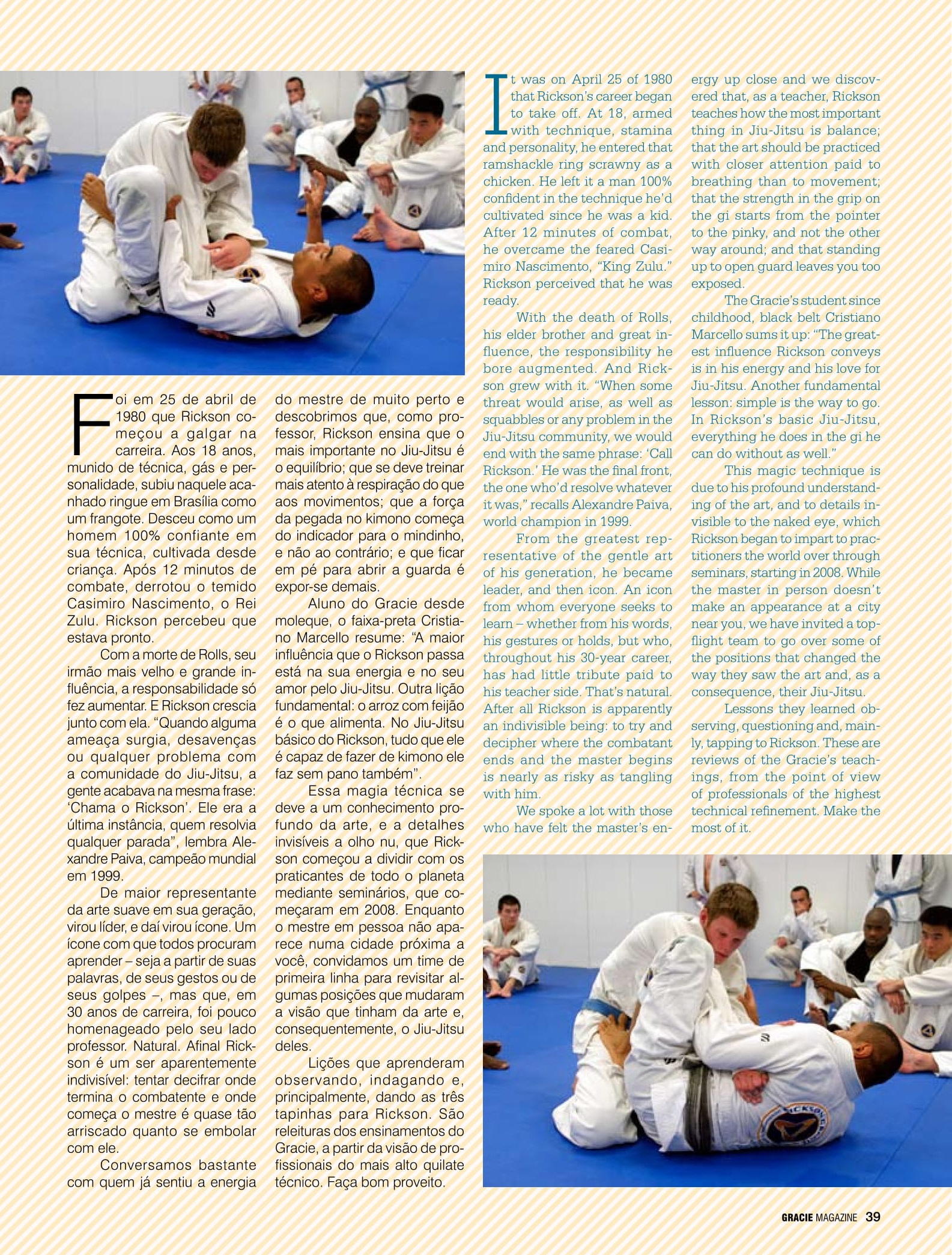
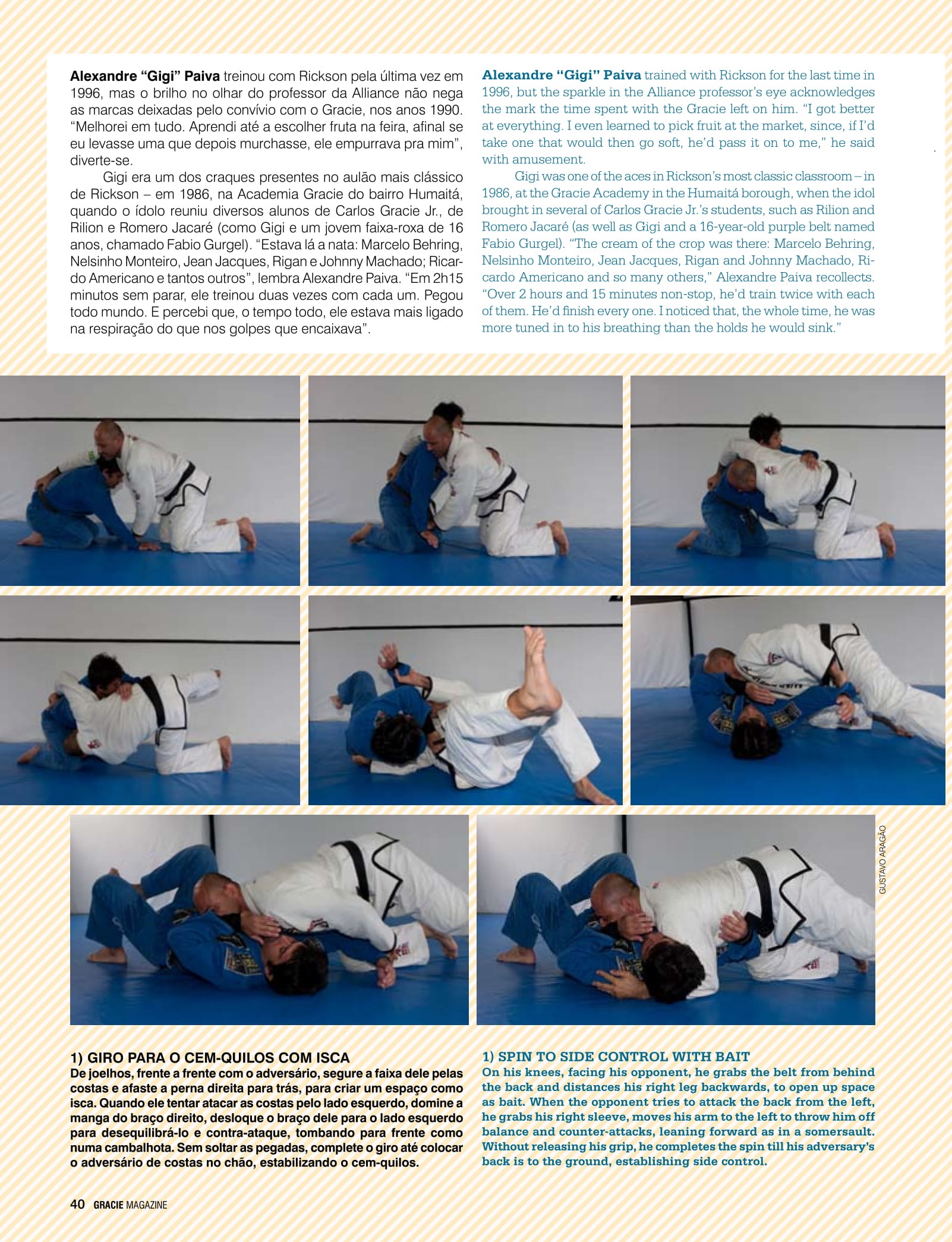
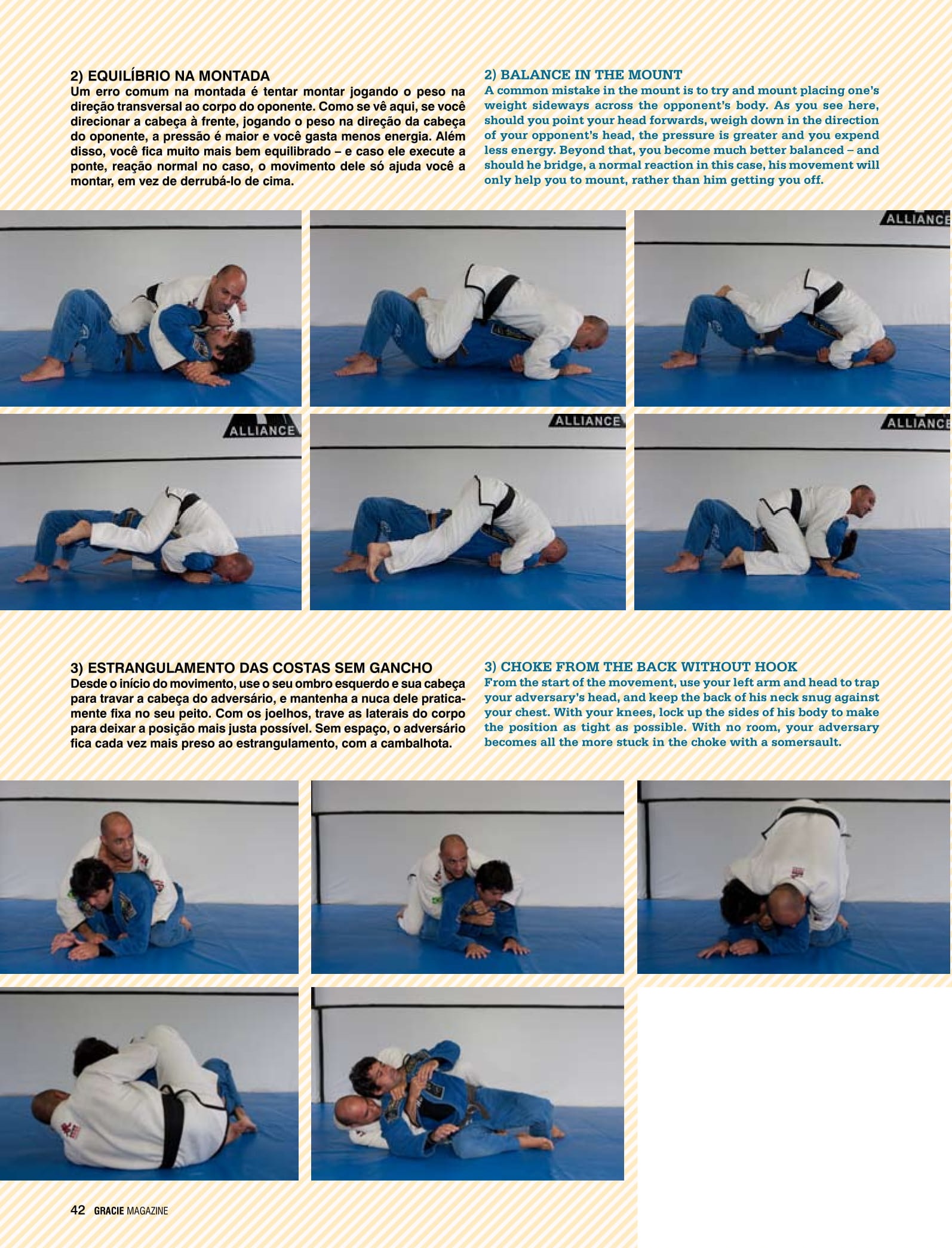
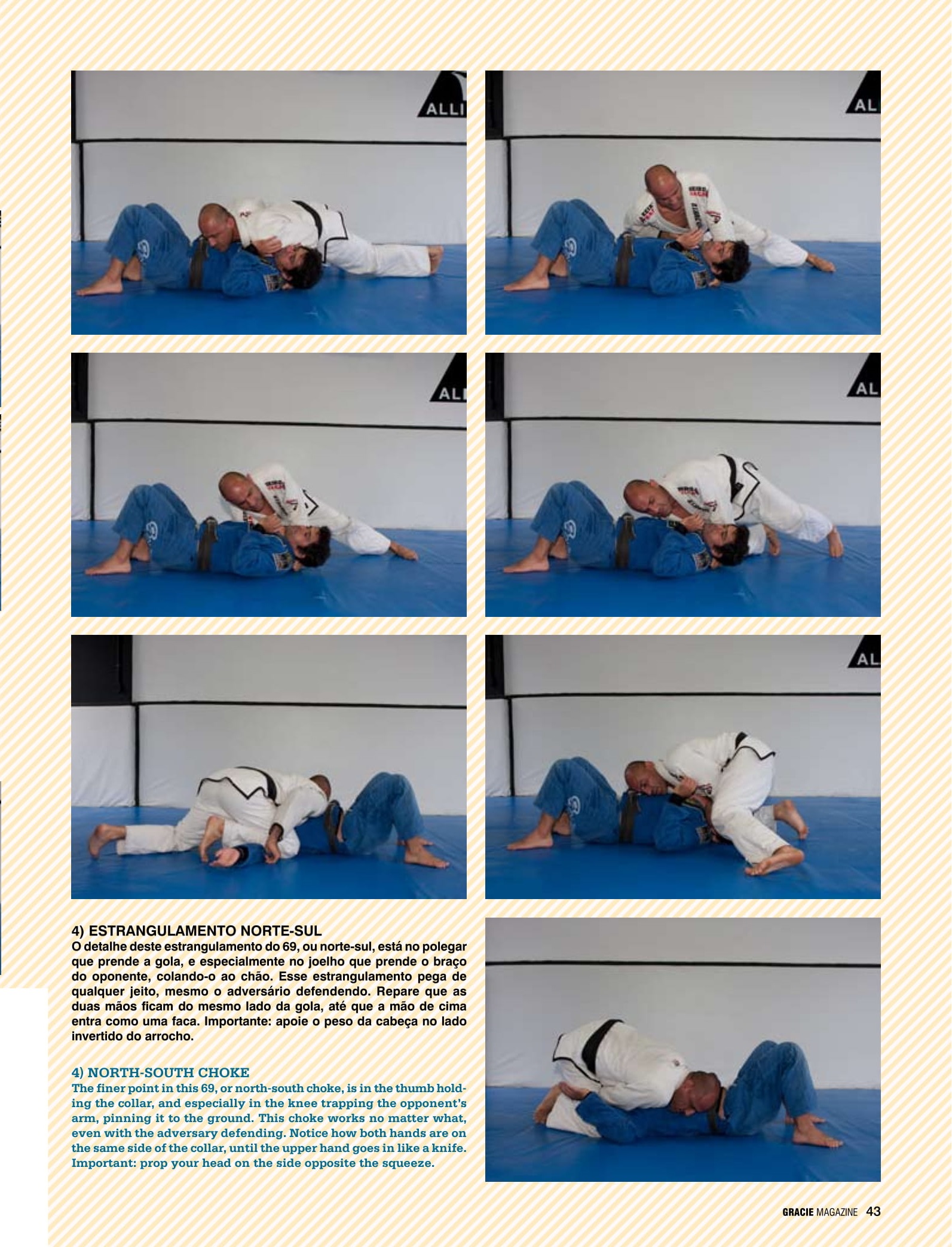
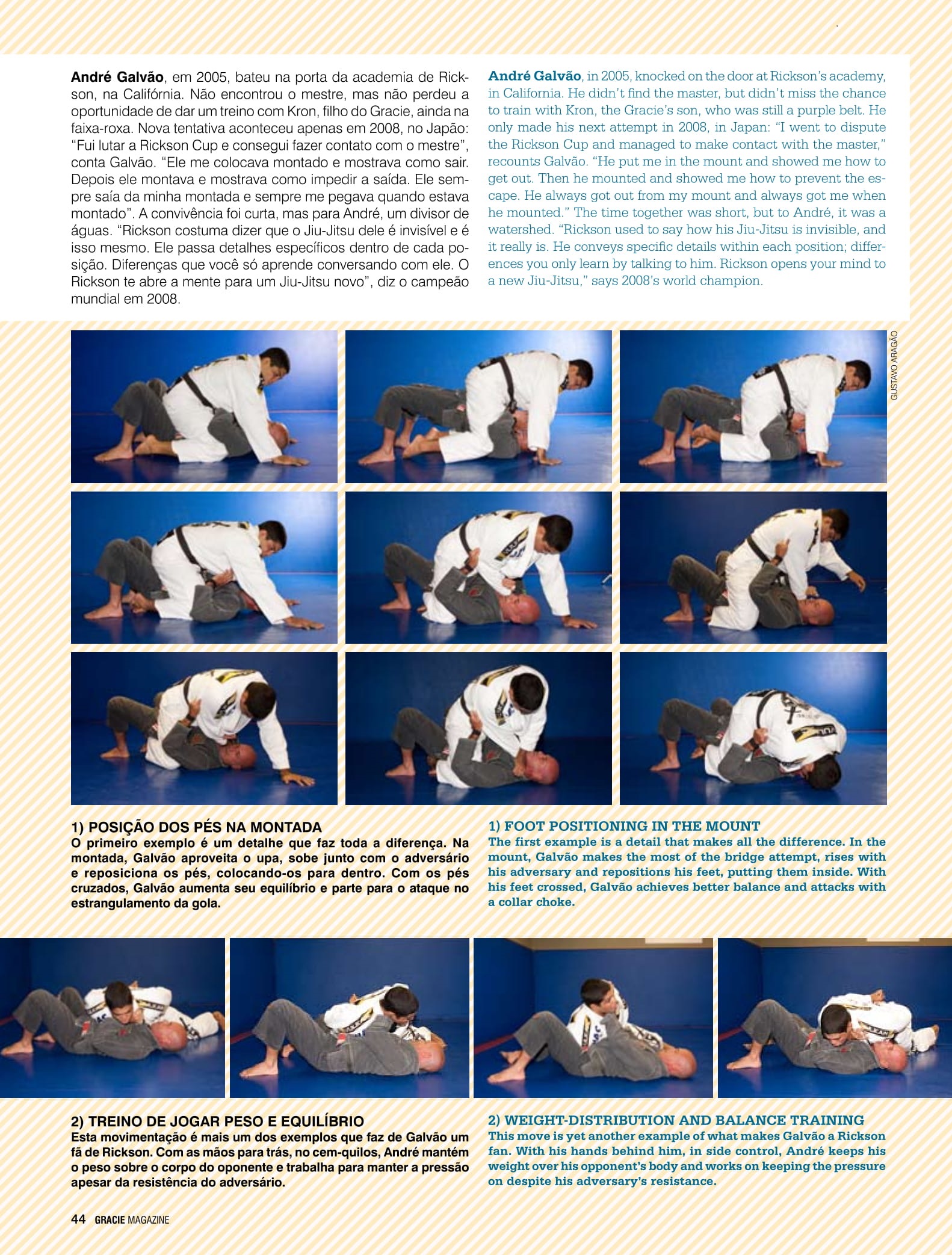
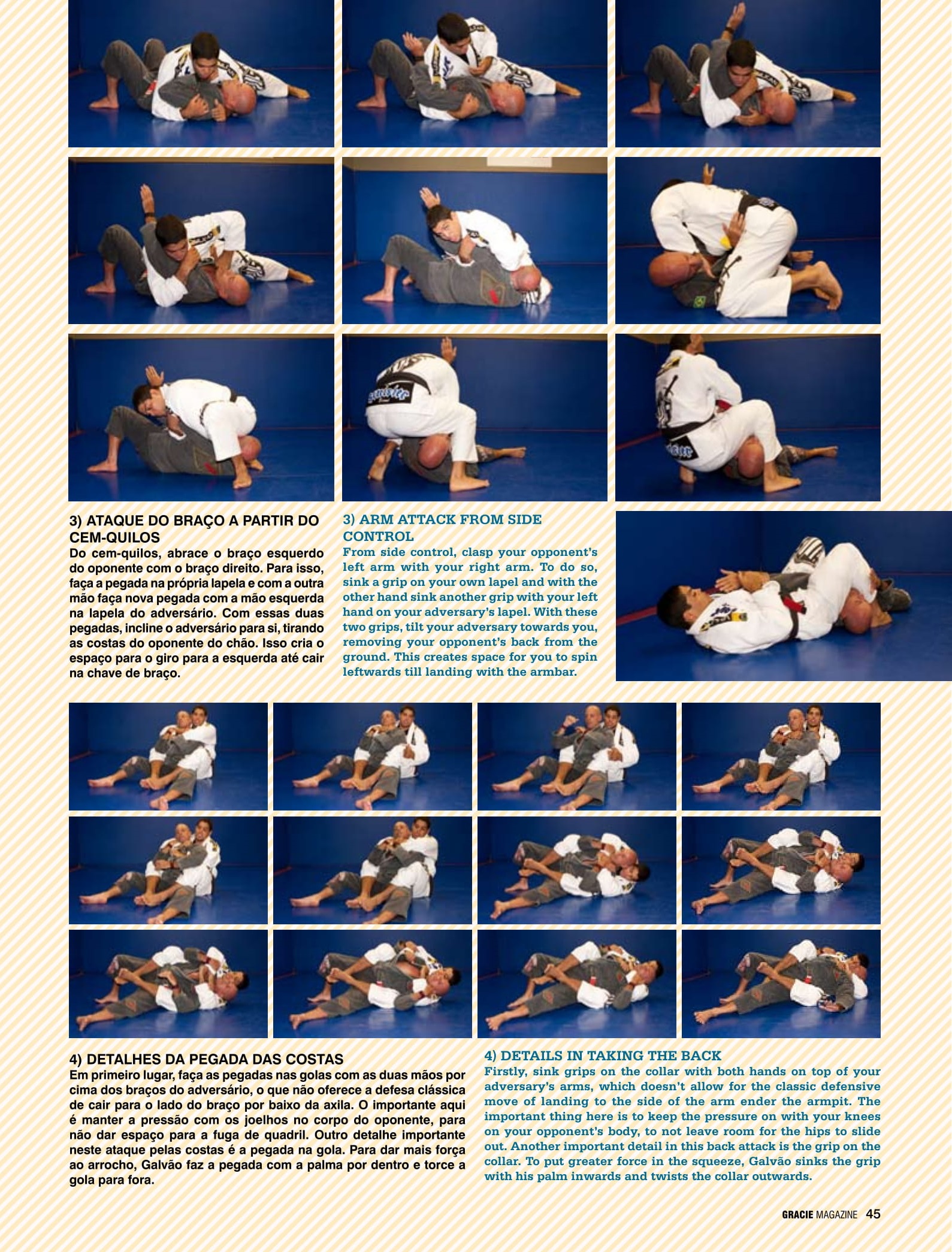
[Wanna learn self-defense straight from Rickson Gracie? You can!]
30 years ago a phenomenon was born, from an unforgettable fight
against King Zulu. Ever since much has been said of his virtues as a
fighter; however, due tribute hasn’t yet been paid to his flair as a teacher.
We called on a top-flight team to provide examples of how Rickson
Gracie influenced the Jiu-Jitsu of each of them – always for the better.
I t was on April 25 of 1980 that Rickson’s career began to take off. At 18, armed with technique, stamina
and personality, he entered that
ramshackle ring scrawny as a
chicken. He left it a man 100%
confident in the technique he’d
cultivated since he was a kid.
After 12 minutes of combat,
he overcame the feared Casimiro Nascimento, “King Zulu.”
Rickson perceived that he was
ready.
With the death of Rolls,
his elder brother and great influence, the responsibility he
bore augmented. And Rickson grew with it. “When some
threat would arise, as well as
squabbles or any problem in the
Jiu-Jitsu community, we would
end with the same phrase: ‘Call
Rickson.’ He was the final front,
the one who’d resolve whatever
it was,” recalls Alexandre Paiva,
world champion in 1999.
From the greatest representative of the gentle art
of his generation, he became
leader, and then icon. An icon
from whom everyone seeks to
learn – whether from his words,
his gestures or holds, but who,
throughout his 30-year career,
has had little tribute paid to
his teacher side. That’s natural.
After all Rickson is apparently
an indivisible being: to try and
decipher where the combatant
ends and the master begins
is nearly as risky as tangling
with him.
We spoke a lot with those
who have felt the master’s energy up close and we discovered that, as a teacher, Rickson
teaches how the most important
thing in Jiu-Jitsu is balance;
that the art should be practiced
with closer attention paid to
breathing than to movement;
that the strength in the grip on
the gi starts from the pointer
to the pinky, and not the other
way around; and that standing
up to open guard leaves you too
exposed.
The Gracie’s student since
childhood, black belt Cristiano
Marcello sums it up: “The greatest influence Rickson conveys
is in his energy and his love for
Jiu-Jitsu. Another fundamental
lesson: simple is the way to go.
In Rickson’s basic Jiu-Jitsu,
everything he does in the gi he
can do without as well.”
This magic technique is
due to his profound understanding of the art, and to details invisible to the naked eye, which
Rickson began to impart to practitioners the world over through
seminars, starting in 2008. While
the master in person doesn’t
make an appearance at a city
near you, we have invited a topflight team to go over some of
the positions that changed the
way they saw the art and, as a
consequence, their Jiu-Jitsu.
Lessons they learned observing, questioning and, mainly, tapping to Rickson. These are
reviews of the Gracie’s teachings, from the point of view
of professionals of the highest
technical refinement. Make the
most of it.
Alexandre “Gigi” Paiva trained with Rickson for the last time in
1996, but the sparkle in the Alliance professor’s eye acknowledges
the mark the time spent with the Gracie left on him. “I got better
at everything. I even learned to pick fruit at the market, since, if I’d
take one that would then go soft, he’d pass it on to me,” he said
with amusement.
Gigi was one of the aces in Rickson’s most classic classroom – in
1986, at the Gracie Academy in the Humaitá borough, when the idol
brought in several of Carlos Gracie Jr.’s students, such as Rilion and
Romero Jacaré (as well as Gigi and a 16-year-old purple belt named
Fabio Gurgel). “The cream of the crop was there: Marcelo Behring,
Nelsinho Monteiro, Jean Jacques, Rigan and Johnny Machado, Ricardo Americano and so many others,” Alexandre Paiva recollects.
“Over 2 hours and 15 minutes non-stop, he’d train twice with each
of them. He’d finish every one. I noticed that, the whole time, he was
more tuned in to his breathing than the holds he would sink.”
1) Spin to Side control With bait
on his knees, facing his opponent, he grabs the belt from behind
the back and distances his right leg backwards, to open up space
as bait. When the opponent tries to attack the back from the left,
he grabs his right sleeve, moves his arm to the left to throw him off
balance and counter-attacks, leaning forward as in a somersault.
Without releasing his grip, he completes the spin till his adversary’s
back is to the ground, establishing side control
2) Balance in the mount
A common mistake in the mount is to try and mount placing one’s
weight sideways across the opponent’s body. As you see here,
should you point your head forwards, weigh down in the direction
of your opponent’s head, the pressure is greater and you expend
less energy. beyond that, you become much better balanced – and
should he bridge, a normal reaction in this case, his movement will
only help you to mount, rather than him getting you off
3) choke from the back without hook
from the start of the movement, use your left arm and head to trap
your adversary’s head, and keep the back of his neck snug against
your chest. With your knees, lock up the sides of his body to make
the position as tight as possible. With no room, your adversary
becomes all the more stuck in the choke with a somersault.
4) north-south choke
the finer point in this 69, or north-south choke, is in the thumb holding the collar, and especially in the knee trapping the opponent’s
arm, pinning it to the ground. this choke works no matter what,
even with the adversary defending. notice how both hands are on
the same side of the collar, until the upper hand goes in like a knife.
important: prop your head on the side opposite the squeeze
André Galvão, in 2005, knocked on the door at Rickson’s academy,
in California. He didn’t find the master, but didn’t miss the chance
to train with Kron, the Gracie’s son, who was still a purple belt. He
only made his next attempt in 2008, in Japan: “I went to dispute
the Rickson Cup and managed to make contact with the master,”
recounts Galvão. “He put me in the mount and showed me how to
get out. Then he mounted and showed me how to prevent the escape. He always got out from my mount and always got me when
he mounted.” The time together was short, but to André, it was a
watershed. “Rickson used to say how his Jiu-Jitsu is invisible, and
it really is. He conveys specific details within each position; differences you only learn by talking to him. Rickson opens your mind to
a new Jiu-Jitsu,” says 2008’s world champion.
1) foot positioning in the mount
the first example is a detail that makes all the difference. in the
mount, Galvão makes the most of the bridge attempt, rises with
his adversary and repositions his feet, putting them inside. With
his feet crossed, Galvão achieves better balance and attacks with
a collar choke.
2) Weight distribution and balance training
this move is yet another example of what makes Galvão a Rickson
fan. With his hands behind him, in side control, André keeps his
weight over his opponent’s body and works on keeping the pressure
on despite his adversary’s resistance.
3) Arm attack from side
control
from side control, clasp your opponent’s
left arm with your right arm. to do so,
sink a grip on your own lapel and with the
other hand sink another grip with your left
hand on your adversary’s lapel. With these
two grips, tilt your adversary towards you,
removing your opponent’s back from the
ground. this creates space for you to spin
leftwards till landing with the armbar
4) details in taking the back
firstly, sink grips on the collar with both hands on top of your
adversary’s arms, which doesn’t allow for the classic defensive
move of landing to the side of the arm under the armpit. the
important thing here is to keep the pressure on with your knees
on your opponent’s body, to not leave room for the hips to slide
out. Another important detail in this back attack is the grip on the
collar. to put greater force in the squeeze, Galvão sinks the grip
with his palm inwards and twists the collar outwards.
[Part 2 out of 2: here.]


